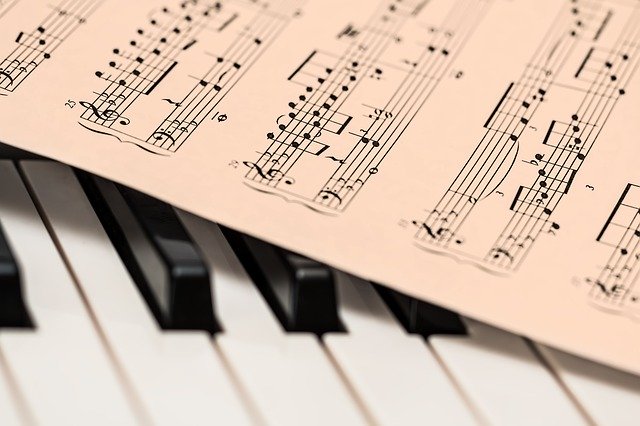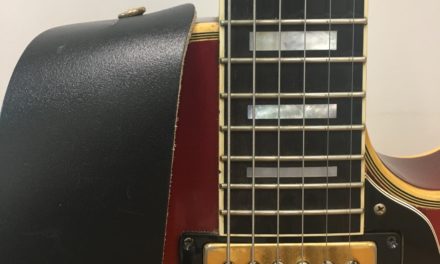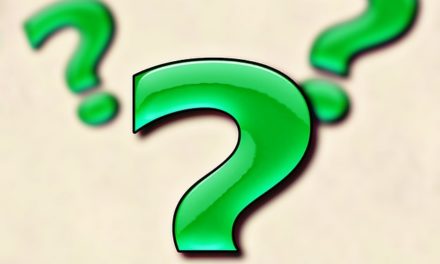There have been quite a few developments in the notation world recently, so I think it’s time to update your on the happenings. If you’ve read my previous posts (Feb 2015, Feb 2018), you know the focus of these articles is choosing the right program for your specific needs, rather than the “best” program.
There are three main types of people who use notation programs: professional engravers, educators/students, and composers. I make certain assumptions about the needs of each group. Professional engravers have the most exacting requirements. For one, the printed output needs to be as close to perfect as possible. There needs to be support for advanced and contemporary notation techniques. Engravers need to be able to work efficiently, though most have used their respective programs long enough to have developed an effective workflow. Playback quality is a secondary issue, and price isn’t a strong consideration.
Educators and students have very different requirements. Primary among them is ease of use and the learning curve. Playback is more important for them than it is for engravers. Teachers also need to be able to make worksheets and handouts. Other important considerations include the ability to collaborate and provide feedback. Of course, price is of prime importance. The printed output needs to be correct, but they don’t need advanced notations or perfect layout.
Composers are the largest group and range from amateurs to professionals and also includes arrangers and songwriters. For these people, transparent use that doesn’t interfere with creativity is the most significant need. Most appreciate quality playback and printed output that is at least near-publisher quality. Some professional composers and arrangers do their own engraving, and they would then also fall into the first category.
So now, let’s look at the leading programs that target each market.
The Pro Level
The big news is the addition of a third program in the professional engraving category. With the release of version 3, Dorico is now a complete program suitable for virtually any pro-level jobs. (See my review in SBO magazine). The new features include guitar and tab notation and harp pedaling as well as condensing and real-time exploding features that set a new standard. Dorico’s interface is unique among notation programs, but surprisingly easy to learn, especially when not coming from one of the other programs. Playback is decent and improving using the included sample libraries, and there’s a sequencer-like interface that can be edited independently of notation. NotePerformer is also supported now.
Finale is still the granddaddy of notation programs. Unfortunately, it looks like it. The interface is not that much different than it was 30 years ago. Finale’s learning curve is notorious, though it’s not nearly as difficult as it once was. But it still provides more precision than any other program. Most users rely heavily on third-party plug-ins, most notably those by Jari Williamson, which are free. Also, a new plug-in, Perfect Layout, promises to do what make what was once the biggest chore in Finale, almost automatic. Playback has never been Finale’s strong suit, but has improved considerably and supports many third-party sample libraries including NotePerformer.
Sibelius is currently the best-selling engraving program, though many users are not engravers. It has a modern interface, using a ribbon at the top, similar to that found in Microsoft Office. It originally was simpler to learn and use, but over the years, as more features were added, so was complexity. Sibelius includes many plug-ins for composers and other tools for engraving. The magnetic layout function automatically avoids collisions and does a good job of layout, but overriding the defaults can be challenging. Playback with internal samples is ok, and it has the best support for NotePerformer.
So which one should you choose? If this is your first notation program, Dorico would be a reasonable choice. As a new program, it doesn’t have to deal with legacy code and backward compatibility. The pace of development has been excellent, and tech support is also very good. The implementation of many standard features is more intuitive and complete than in the other programs. Shortcuts are consistent and easy to learn and remember.
But for advanced users of either Finale or Sibelius, it’s a much more difficult question to answer. Dorico’s workflow is quite different from either program, and there will be a learning curve involved. In the long run, it might be worth it, but if you already have an effective workflow and are happy with the output in your current program, there’s not a strong reason to switch. It’s also likely, as was the case when Sibelius arrived to challenge Finale, that we’ll see a spate of development in those programs as a result of the challenge presented by Dorico.
Get Educated
Two cloud-based programs are focused on the educational market. Noteflight and Flat are very similar notation programs. Both are easy to learn and capable of producing scores and parts for most school assignments with minimal difficulty. Each has a free version where you can create a limited number of scores and a subscription-based premium version. The thing that sets these programs apart from others is the support for collaboration. As cloud-based programs, students can share their work with teachers and fellow students, and it runs on any device. Noteflight Marketplace is another added service that allows users to publish and sell their work.
Both programs integrate with Google Classroom. Noteflight is also available through MusicFirst, the popular music LMS.
There’s not a lot that separates these programs. Both are very good at what they do, and you really can’t go wrong with either for classroom use.
Can’t Argue With Free
One program that doesn’t quite fit in either of the above categories, but still deserves mention is MuseScore. MuseScore has a feature set that is close to the professional engraving programs, but it still lacks a few functions that professionals require. But that doesn’t mean it’s not a great program. It will handle almost anything the average user would need, and is more than sufficient for most secondary or college users. Even though it was acquired recently by Ultimate Guitar, it remains free and open-source.
A Sound Decision
The last program on my list is Notion. If you check the blog, you’ll see I have a history with the program, as I wrote a book on it published by Hal Leonard and produced a video tutorial series for Groove 3. So I admit a bit of bias. Notion is not an engraving program; it’s more of a notation-based composition tool, and for me, it was the easiest program I’ve learned. The print output is good enough for everyday use, but it’s not publisher quality. What sets it apart is its sound. Most articulations, including those for guitar, are mapped to its sample-based sound library. Out of the box, it sounds better than any other notation program. It is initially less expensive than the top engraving programs, but if you want the complete sound library, the price is in the same ballpark. To get the same sound quality in the engraving programs requires NotePerformer, an add-on library that all three programs support.
Notion also has an iPad version, which is powerful enough to produce full scores and parts and sounds almost as good as the desktop version.
So as you can see, there are a lot of options in the notation market. Don’t get caught up in the hype. The question shouldn’t be which program is best, but which program is the best fit for your current and future needs.



